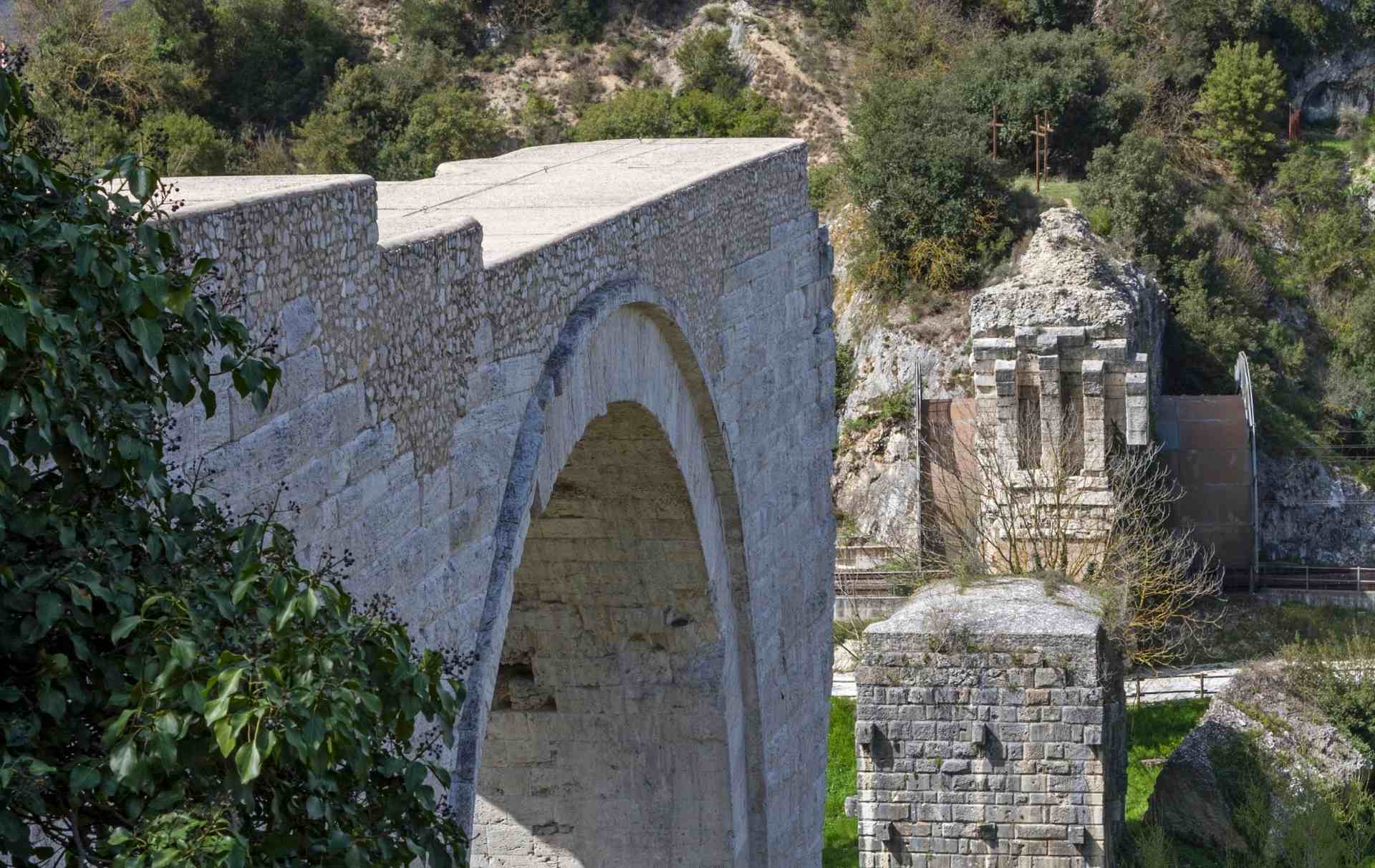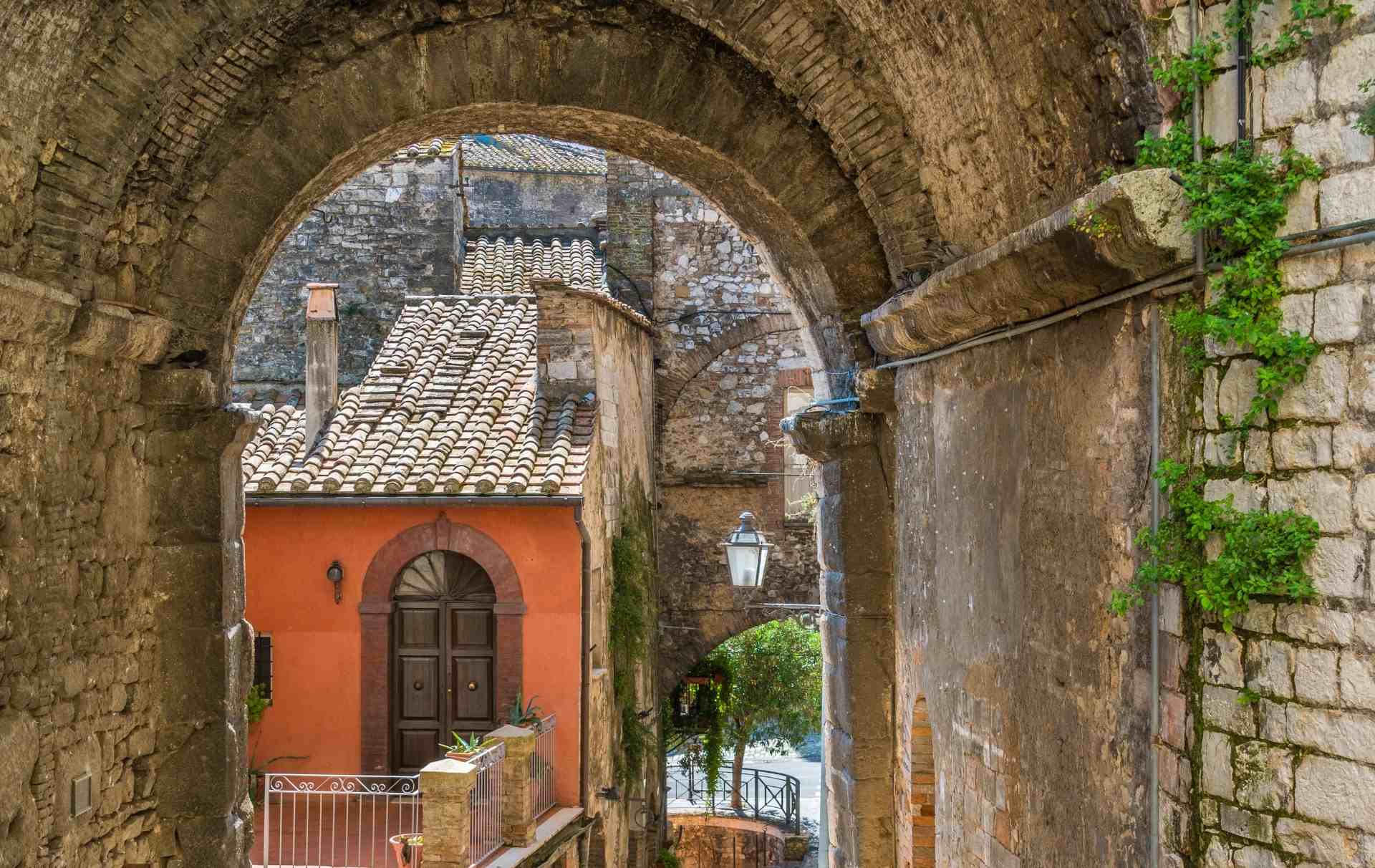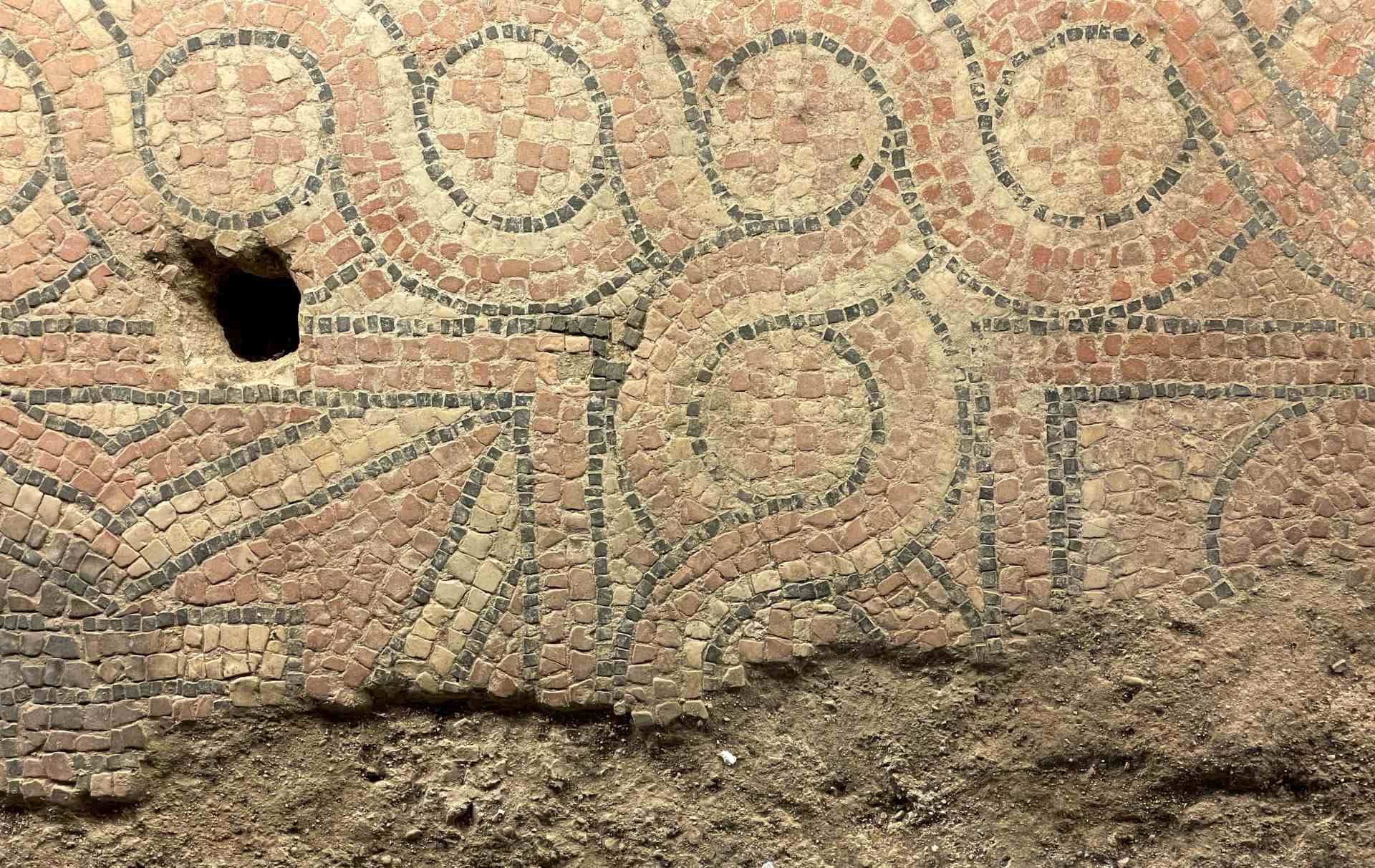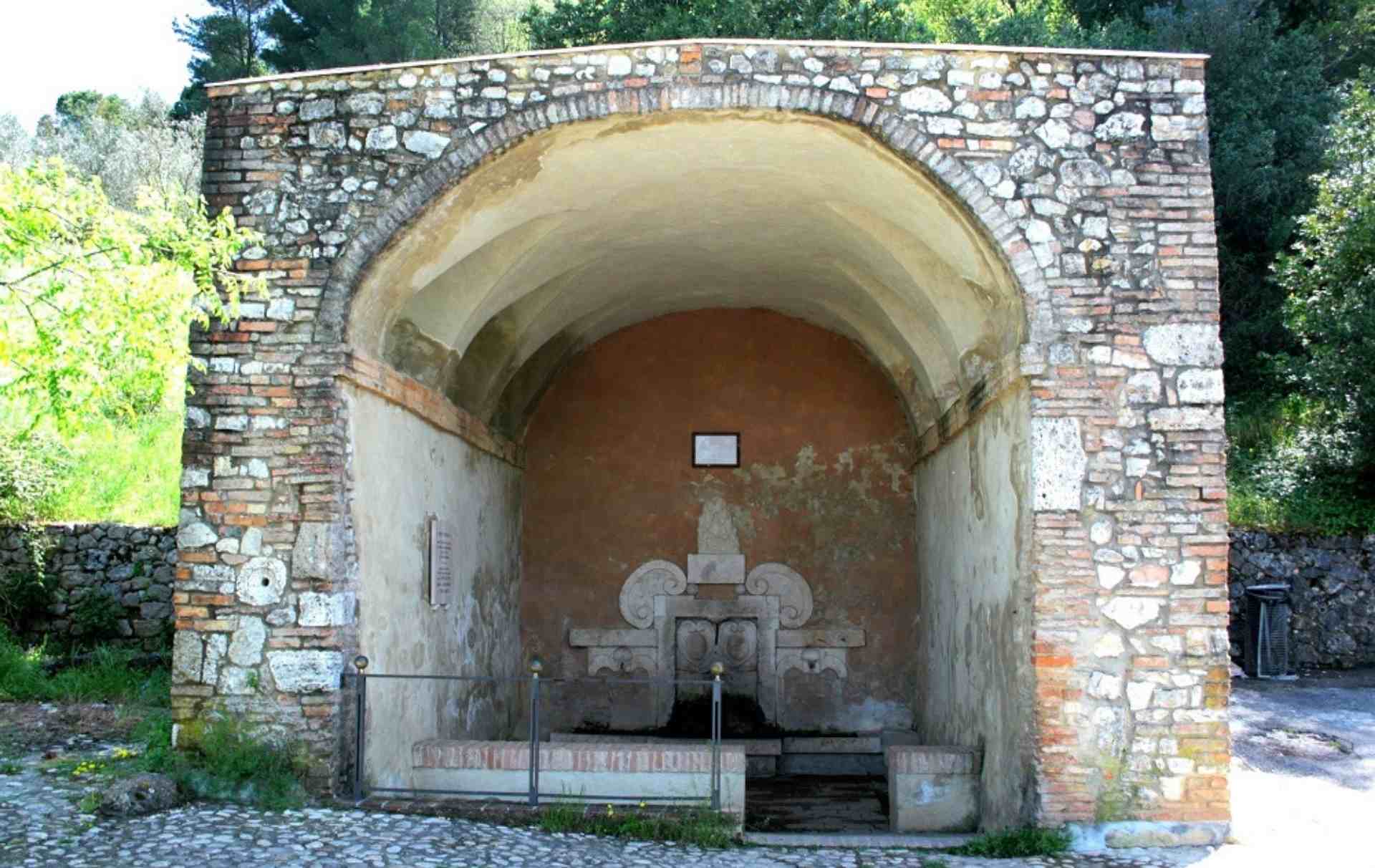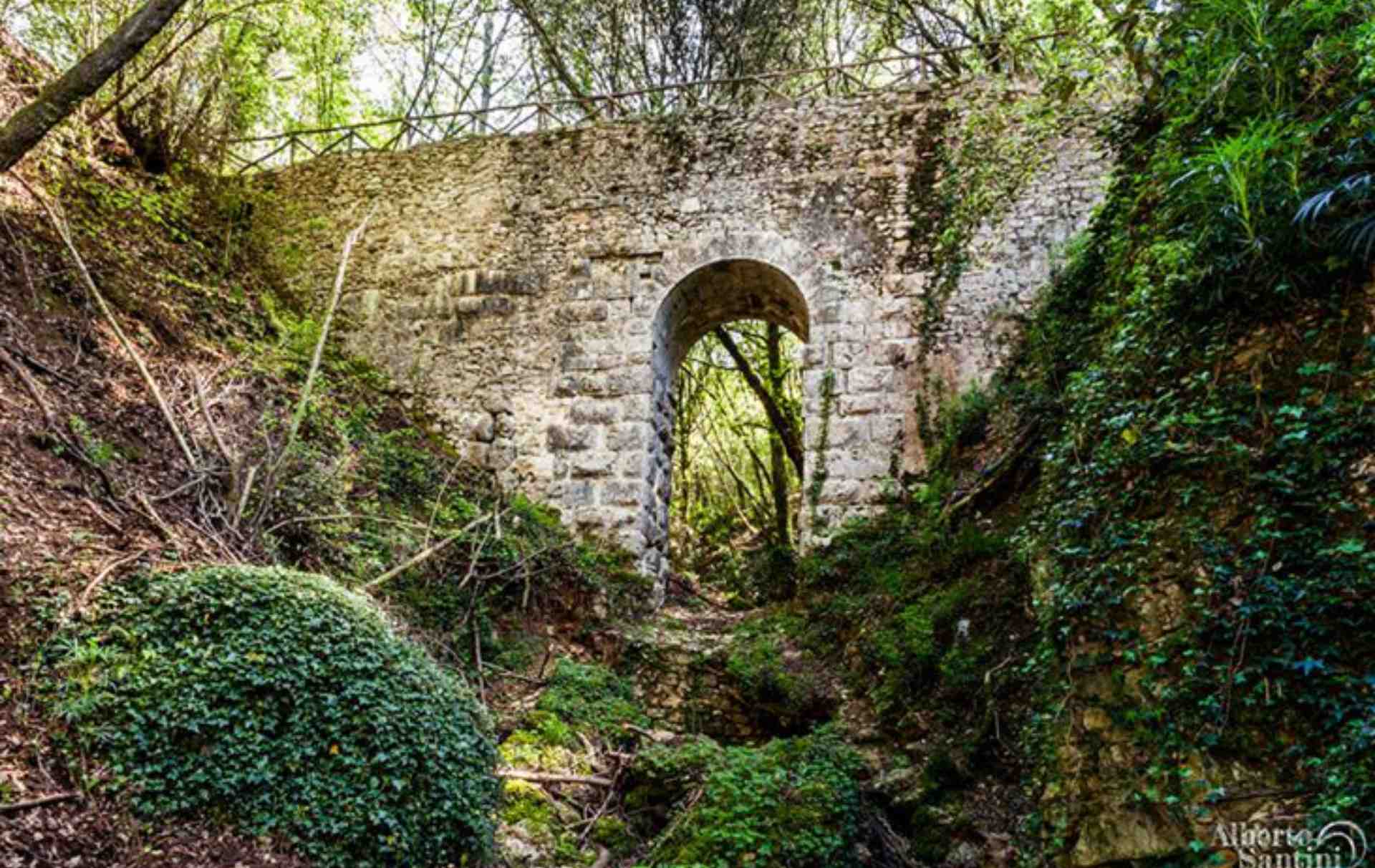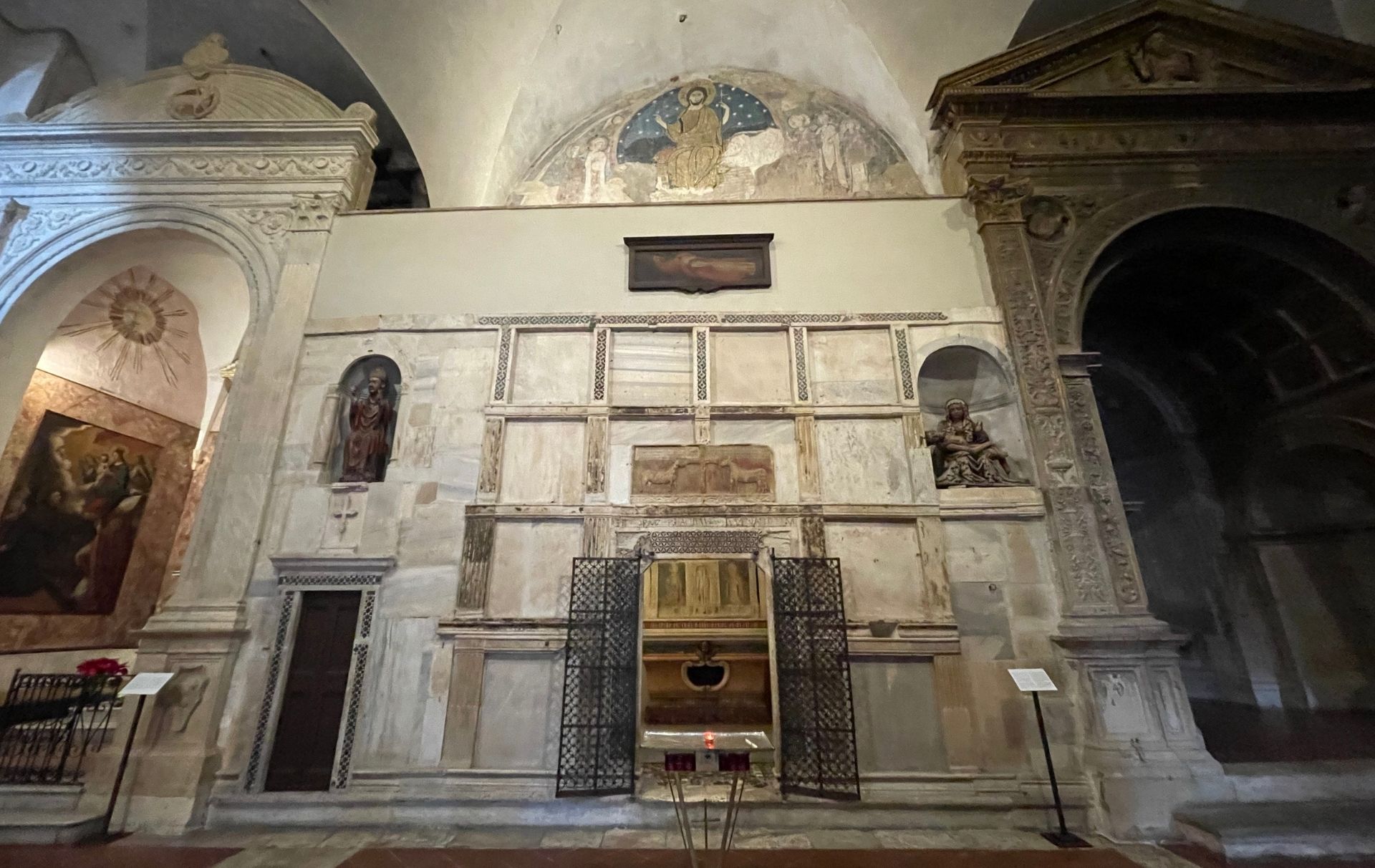We know that Narnia became latin colony at the beginning of the III century BC , grew with the realization of the Via Flaminia – which had to past on an existing road – so much so that it had its own river port on the Nera river , flourished after becoming a municipium, and had the honor to gave the birthplace to the emperor Marcus Cocceius Nerva.
The Roman Narnia.
It is Livius who narrates the stratagem by which the impregnable oppidum of Nequinum was taken by the Romans in 299 B.C.
Was from that time that the town became Narnia, latin colony placed to control the strategic junction between the centers on the tiberina valley of Ocriculum and Ameria – now Otricoli and Amelia – and the inside Umbria , reachable through what will became soon the Via Flaminia in the two direction:
- that one to north , towards Carsulae (which will be made easier with the construction of the Augustus Bridge) ;
- that one towards north-east towards Interamna – now Terni.
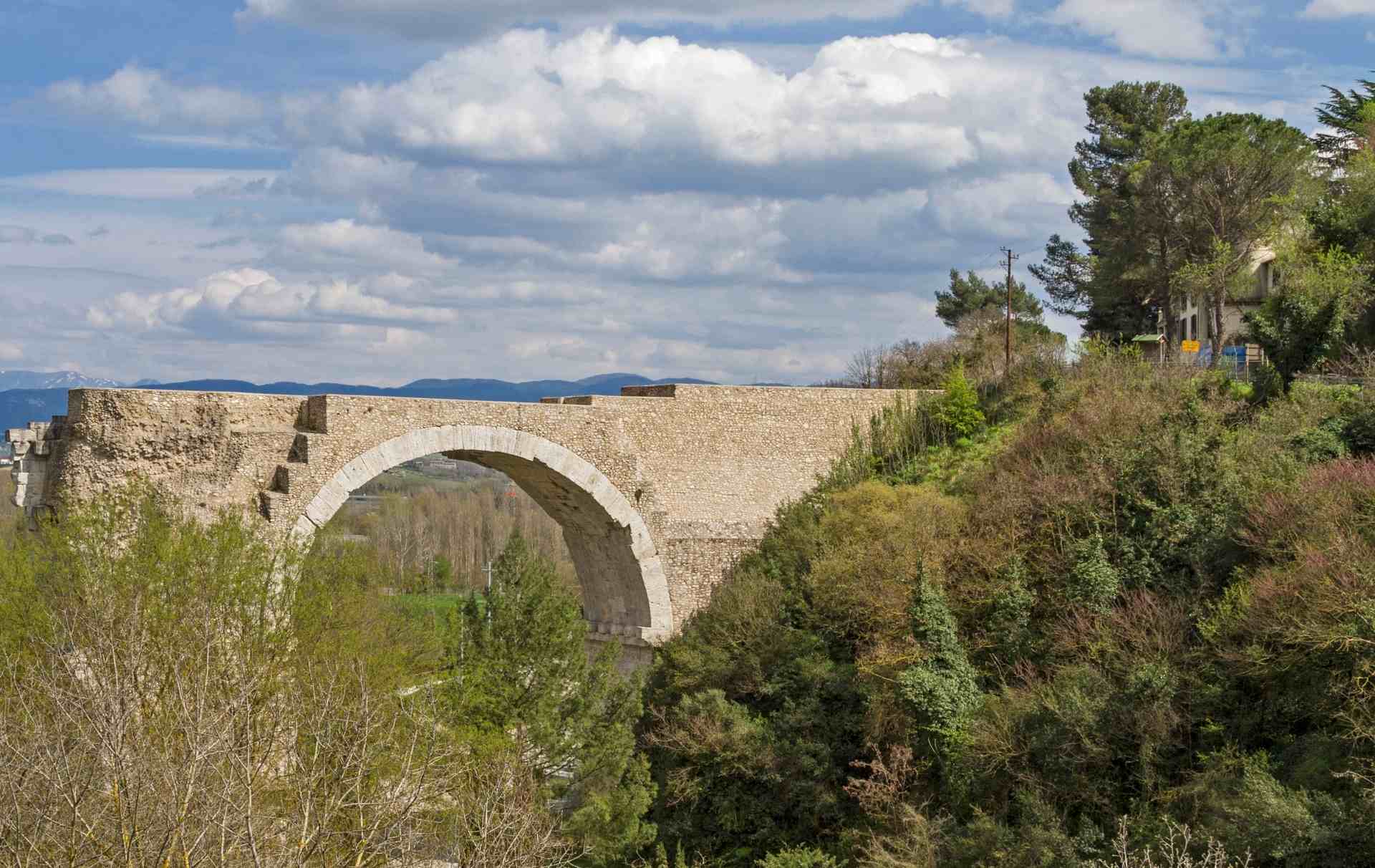
The conquest of the impregnable Nequinum.
Following what the latin author said, the settlement of oppidum by the forces led by the consul Quintus Appuleius Pansa, lasted more than a year .
Was only through the treachery of two Narni’s people , who built a tunnel in their house located near the walls , that the Roman were able to enter inside Nequinum and conquer it.
Recent facts of proto historical sites on the hills around Narni , seem to indicate that the Roman conquered a territory controlled not by a single town but by a sort of confederation of villages, from which Nequinum represented maybe the most important strategic center.
From Nequinum to Narnia.
According to the tradition, to punish the inhabitants and considering the name of the town unlucky – nequeo in Latin means “I can’t” – the Romans changed the name in Narnia for the river Nar which ran under it.
The port on the Nera river and the shipyard.
According to ancient sources Narnia had a port on the Nera river. The archaeological findings have shown, near Stifone, the existence also of a shipyard.
The port was probably used even before the Roman age but, during this time in the Republican period, probably there were built some of the ships that supported Rome during the conflict with Carthage.
Tacitus reports that the consul Gnaeus Calpurnius Piso, in the year 19 AD, reached Rome by river and embarked right in the port of Narni.
The construction of the Via Flaminia.
The construction of the Via Flaminia, around the 220 BC, with the use in part of pre-existing paths, represented an important sign in the territory, made it for military purposes, but which with the time became an important element for the economical development of the area.
Unfortunately there are few archeological traces of the republican fase and are only in the town walls and into the few furniture finds today preserved into the museum.
Certainly one of the monuments of this period is , in Via dell’Arco Romano, that one that now it is called arch of the Bishop which was supposed to be the principal entrance door of the town.
The municipium of Narnia and the imperial age.
Narnia became a Roman municipium after the social war (90-88 BC), was ascribed in the Papiria tribe and inserted in the Regio IV in Augustus age, when the work of the emperor’s engineers built the most important work of which today there are preserved the monumental finds: the Augustus Bridge.
In this period, the fertile territory of Narnia was used for the construction of Roman villas like the one of the rich Pompeia Celerina, mother in law of Pliny the Younger.
Between 24 and 33 AD was built, under the direction of the curator aquae Marco Cocceio Nerva – ancestor of the future emperor – the awesome hydraulic work of the Aqueduct of Formina.
In 30 AD born Marcus Cocceius Nerva, emperor from 96 to 98 by adoption by Domitian: it was the last with italic origin between the roman emperors and he was succeeded by Trajan.
We don’t have a certain notice about the public buildings: an hypothesis could place the amphitheater in valley, near the branch of the Via Flaminia which goes towards Terni; papers from the XVII century let supposed that the theater could be placed where now rises the Beata Lucia complex near the Piazza Galeotto Marzio.
We don’t have a certain notice of the religious place. The only site, whose name is connected to an Italic-sabina deity, is that one of the Feronia Spring, a place devoted to the cult of the waters with primitive structures of the IV-III century BC, many times restored. Despite the oral tradition they placed under the Church of Santa Maria Impensole, a temple dedicated to Bacchus, and under Santa Maria Maggiore – after San Domenico and now the Bortolotti Auditorium – that one dedicated to Minerva, from recent studies those hypotheses are not confirmed.
Following Tertullian, who wrote at the end of the II century and referred to a lost work of Terentius Varro, in Narnia there was venerated the indigenous god Visidianus (as in Ocriculum the goddess Valentia).
The funerary areas found mainly along the Via Flaminia are also rare. The most important burial area, even for its successive history, is for suce that one next the walls along the Via Flaminia where – according with the tradition – was buried San Giovanni death in 376 and where, several years later, was built that chapel which accommodated the bishops of Narnia and was the base where was built the Cathedral of Narni.
Discover the history of Narni.
Continue to discover the history of Narni:
What to know about Narni.
Continue to discover Narni, the history and its illustrious characters.
Discover Narni.
Discover interesting points of Narni and of its territory.

